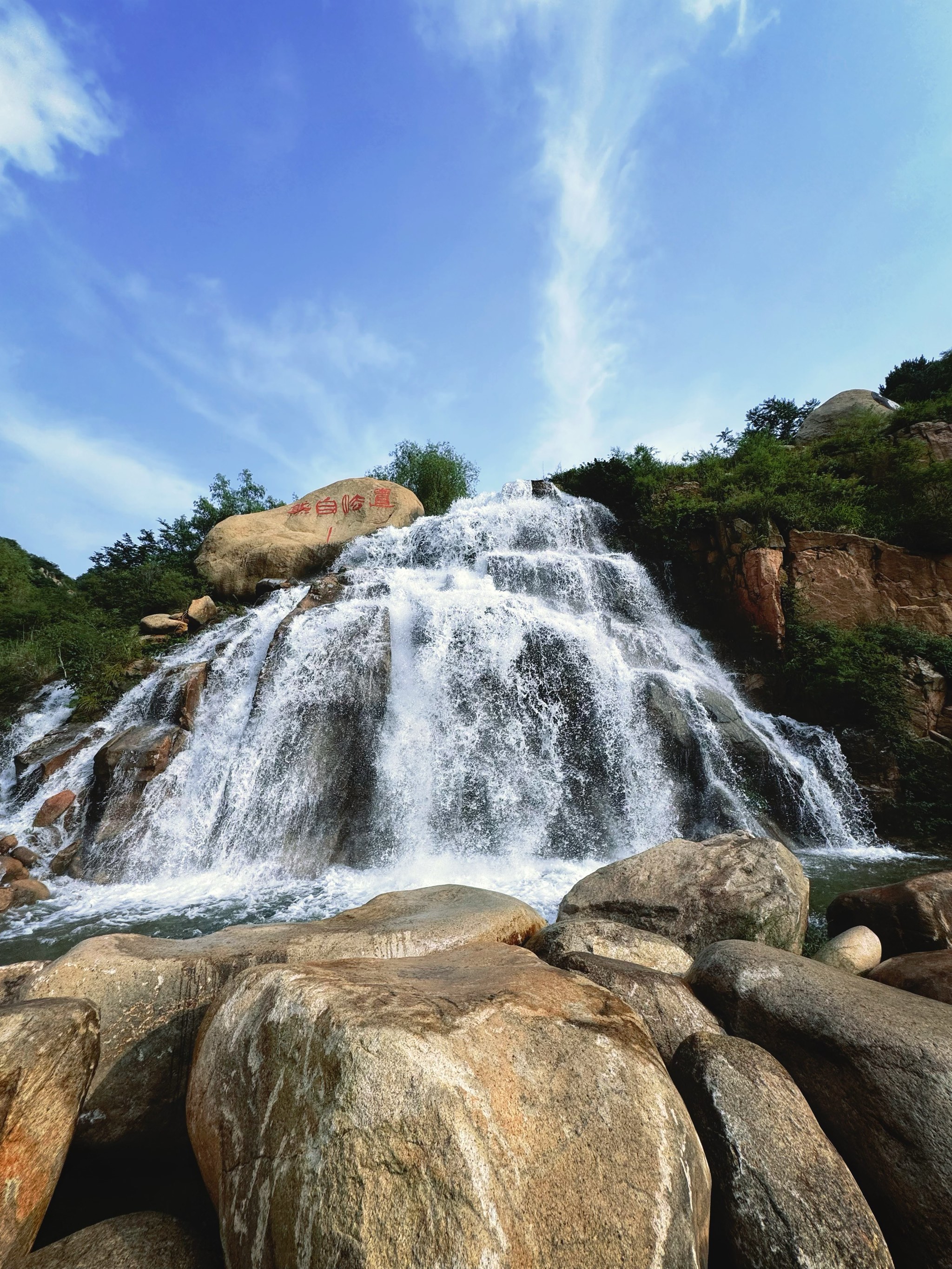Timeless Waters: A Journey Through Italy's Ancient Aqueducts
Close your eyes for a moment and picture the Italian landscape. Your mind likely fills with rolling vineyards, Renaissance art, and the ruins of imperial forums. But there is another, often overlooked, marvel of engineering that snakes through this beautiful country: the ancient aqueduct. These are not merely crumbling arches in a field; they are the very arteries that allowed Rome to become the heart of a vast empire and sustained life in bustling ancient cities. For the traveler seeking a path less trodden, a journey to explore Italy's ancient aqueduct systems offers a profound connection to the ingenuity, ambition, and daily life of the Roman world. This guide is your companion to discovering the best spots where these magnificent structures still stand, telling their silent, powerful stories.
Our journey begins, as it must, in the Eternal City itself. The Parco degli Acquedotti (Park of the Aqueducts) on the outskirts of Rome is arguably the single most spectacular and accessible place to witness the scale of Roman hydraulic engineering. Strolling or cycling through this vast regional park, you are walking in the shadow of giants. Here, the skyline is dominated by the majestic arches of the Aqua Claudia and the Anio Novus, two of Rome's most ambitious aqueducts, built one on top of the other. Seeing these colossal structures stretching to the horizon, with the modern world buzzing faintly in the distance, is a humbling experience. It’s the perfect location for capturing stunning photographs of Roman aqueduct ruins against a dramatic sky. The park is a living museum, where locals jog and picnic under arches that once carried fresh water to a million people. It answers the fundamental question: how did Rome, an ancient metropolis, solve its water crisis? The answer is written in stone and brick right here. For a deeper understanding, combine your visit with a trip to the nearby Ancient Appian Way, another feat of engineering, to get a full sense of Roman infrastructural prowess.
While the Park of the Aqueducts shows the system outside the city, the heart of Rome's water distribution is another essential stop. The Trevi Fountain, though a Baroque masterpiece, is a testament to the enduring legacy of the aqueducts. It is the terminal point of the Aqua Virgo, one of Rome's eleven ancient aqueducts, which was restored in the 18th century and still feeds the fountain today. Tossing a coin into its waters is, in a very real sense, participating in a tradition sustained by ancient engineering. Not far away, at the Bocca della Verità, you can find the remains of the great cloaca, or drain, that was part of the city's water management system. To truly see the intact, functioning end of an aqueduct, however, you must visit the Piazza degli Herrera della Rosa, where a section of the Aqua Virgo, known as the "Archetto," can be seen spanning the street—a quiet, everyday relic of the ancient world.
Venturing beyond Rome opens up a world of diverse aqueduct experiences. A short train ride south takes you to the coastal ruins of Ostia Antica, Rome's ancient port city. While exploring its remarkably preserved streets, bakeries, and theaters, you will encounter the Castellum Aquae, or water castle. This distribution tank is a crucial piece of the puzzle for anyone wanting to understand ancient Roman water distribution systems. It’s where the main aqueduct line ended and the water was divided into lead pipes to supply different city districts. Seeing this structure in situ, within the context of a living city, makes the engineering marvel feel immediate and practical.
For a different perspective, head to Naples and explore the Parco Archeologico del Pausilypon. This site offers a breathtaking coastal walk that includes a section of a Roman aqueduct tunneling through a cliffside. The combination of rugged natural beauty and human ingenuity is unforgettable. Further south, in the city of Caserta, the 18th-century Royal Palace features an incredible aqueduct, the Carolino Aqueduct, which, while not ancient, is a direct descendant of Roman technology and is a UNESCO World Heritage site. It’s a fantastic spot for comparing ancient and Renaissance engineering techniques.
Perhaps the most dramatic and visually stunning of all Italy's aqueduct sites is the Ponte del Diavolo (Devil's Bridge) in Taranto, Puglia. This bridge-aqueduct, built by the Romans and later rebuilt, spans a deep ravine with a series of towering, graceful arches. It perfectly illustrates how Roman engineers conquered topographical challenges to bring water where it was needed. The setting is less curated than Rome's parks, offering a raw, powerful glimpse into the past. It’s a prime destination for those looking to explore off-the-beaten-path Roman infrastructure in Southern Italy.
To make your aqueduct exploration truly rewarding, a little planning goes a long way. Comfortable walking shoes are non-negotiable, as the best sites involve traversing grassy fields and uneven paths. The light for photography is often most magical during the golden hour, just after sunrise or before sunset, when the low sun casts long shadows and illuminates the ancient brickwork. When visiting these sites, take a moment to simply be still. Run your hand over the sun-warmed stone. Think about the countless laborers, engineers, and citizens whose lives were intertwined with these structures. This practice of mindful historical travel transforms a simple sightseeing trip into a deeply personal journey.

Italy's ancient aqueducts are more than historical monuments; they are a language of arches and gradients, speaking of a civilization that mastered its environment to create a legacy of beauty and function. They invite you to look beyond the well-known landmarks and trace the lines of water and stone that built an empire. So, on your next Italian adventure, follow the path of the aqueducts. You will discover a hidden layer of history, a testament to human brilliance that continues to flow, quietly and powerfully, through the heart of Italy.






发表评论